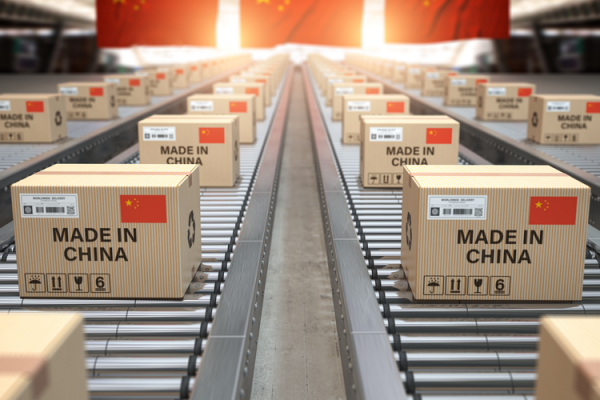Is the “Made in China” Era Over?
While the current tensions between China and the United States have made trade relations a topic of casual conversation, they’re hardly a new phenomenon. As early as 2014, the Boston Consulting Group found that most of the business world’s ideas about affordable overseas labor were far out of date.
The firm reported that rising labor costs, flagging productivity, and a host of other factors had made formerly low-cost countries like Russia and Brazil far more expensive than in the past. China, in particular, had transitioned from low-cost haven to expensive headache for supply chain managers throughout the states. In addition to rising costs, the nation has presented American businesses with additional economic and reputational risks including intellectual property theft and instances of forced labor.
Business leaders have taken note of these changes over the last decade; since 2010, the number of manufacturers reshoring their operations has increased tenfold. More recently, a new selection of companies has hastily transitioned out of China and into more affordable nations throughout Southeast Asia. The American Chamber of Commerce in China found last month that a quarter of organizations are currently weighing their options in countries like Vietnam and Thailand.
What’s Changing with Manufacturing in China?
While the trade war has shifted literally overnight on more than one occasion, the “Made in China” era won’t end so quickly. Transitioning out of the nation may be imperative, but it’s not a process to carry out without careful review.
Consider, for example, the knowledge transfer that will need to take place. Organizations that have worked with the same manufacturing partners for years or decades have likely come to take tribal knowledge for granted. The unwritten insights that have made for years of efficient production aren’t easily passed on.
This could prove a particular challenge for consumer electronics companies and other corporations with complex, highly-engineered products. While senior team members can impart the lessons they’ve learned producing laptop after laptop, they’ll likely need an entire product cycle “or even two.” Regardless of industry, organizations will also need to account for the local teams they’ve established in China.
Transitioning Production Out of China
Transitioning out of China is further complicated by the confusing nature of new regulations. To fully circumvent additional charges, organizations need to meet certain, often highly particular specifications.
For example, if certain components or raw materials originate from Chinese facilities, a company in Singapore or Indonesia might still incur a full tariff. Coupled with the costs of relocating and establishing a new manufacturing presence, these fees could hit vulnerable organizations especially hard.
To avoid wasted effort, businesses will need to make truly holistic assessments of their sourcing strategies and existing relationships. This will involve creating a full bill of materials for every product they produce and checking them against tariff specifications. Then, the organization can determine whether transitioning out of China is actually the most cost-effective path forward and, if necessary, start the process of identifying new supply chain partners.
The rules of international trade and supply chain management are changing more quickly and more completely than previous generations could have imagined. No one can claim to know what Presidents Trump or Xi’s next move might be, or if today’s trade partners will become tomorrow’s combatants.
Everyone should know by now, however, that today’s best practices are likely not here to stay. Supply chain professionals must tune themselves into geopolitical tensions and do everything in their power to enforce flexibility.

Information from Thomas Insights, picture by Maxx-Studio / Shutterstock
At Siggins, we provide SOLUTIONS, SERVICES and PRODUCTS for your distribution and material handling success story.
Contact us today for a consultation or site survey
Get A Site Survey© 2025 Siggins, All Rights Reserved

